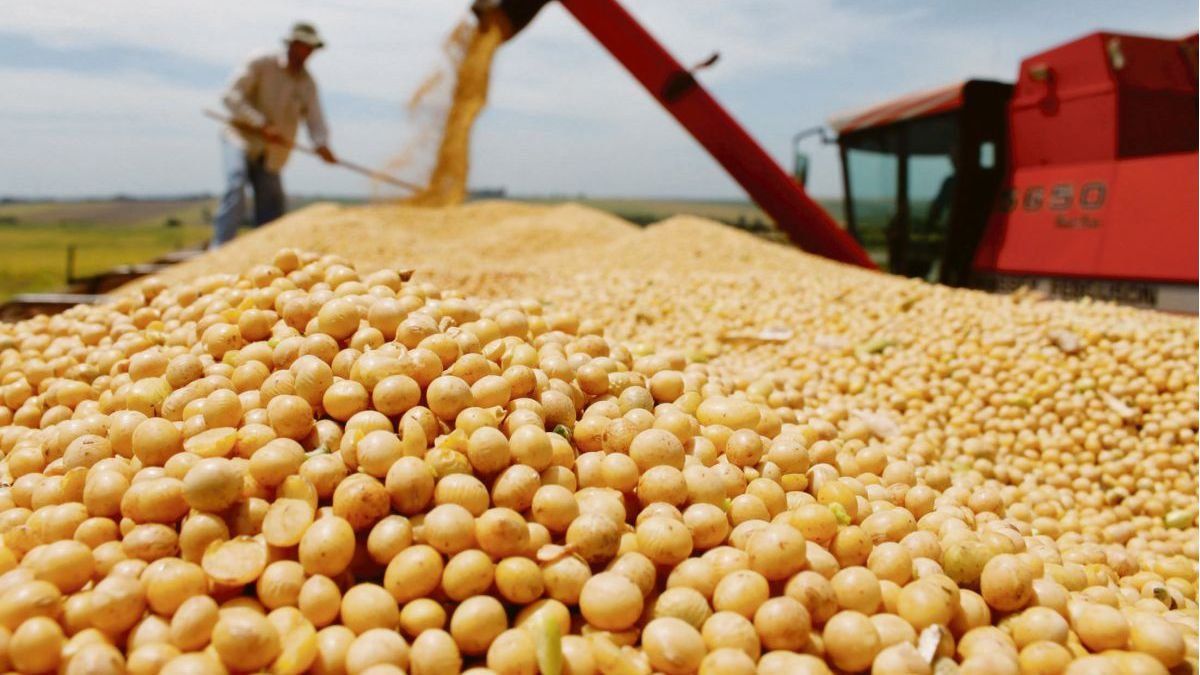At the time Agro-export companies chose to sell more unprocessed grain to the detriment of value-added products, since they all paid 33% withholdings. and as they explained from the sector, the profitability of the milling was at an all-time low.
In response to the specific request of the agro-export sector, together with the second edition of the soybean dollar, the Government then decided to reinstate the withholding differential and for this reason, grain has been taxed at 33% for two weeks and soybean meal and oil at 31%. This change in withholdings, according to advances from the industry, could reverse the trend for next year.
As background information, in March of this year the Government decided to increase withholdings on soybean by-products and the money collected was allocated to the “Wheat Price Compensation Fund,” a tool that in practice did not achieve its purpose and which ended up benefiting a handful of flour-producing companies that managed to buy the cereal at better prices. That is why Minister Massa, after various meetings with the industry, reinstated the differential that seeks to increase shipments of products with higher added value.
With the new edition of the soybean dollar, agro-export companies have bought just over 2.6 million tons and entered foreign currency for US$1.6 billion. The goal is to reach US$3,000 million by December 30 and likewise stop the primarization of shipments that harms an industry that works with high idle capacity.
stagnant grinding
According to the chamber that brings together companies in the sector, CIARA CEC, soybean crushing in Argentina has not changed significantly since 2011. Between January and October of this year it reached 32.5 million tons, while in the same period but 11 years ago it was 32.4 million tons.
In any case, this year was perhaps one of the worst regarding the industrialization of grain. Because In the year-on-year comparison, some 4.2 million tons were not processed, which is equivalent to a loss of US$1,950 million in foreign currency income and a decline of US$643 million in income from export withholdings. .
By 2023, the industry hopes to resume the upward path, yes, everything also depends on the final soybean harvest of the 2022/23 campaign, which is very complicated due to the lack of rainfall that could not only affect the yields but also the grain quality.
Source: Ambito
David William is a talented author who has made a name for himself in the world of writing. He is a professional author who writes on a wide range of topics, from general interest to opinion news. David is currently working as a writer at 24 hours worlds where he brings his unique perspective and in-depth research to his articles, making them both informative and engaging.




